With all this talk about a ban on laptops and larger-than-smartphone electronic devices being from some airline cabins, consider for a moment the pre-computer age of the typewriter.
A fresh new exhibit at San Francisco International Airport, organized by the SFO Museum, traces the history of typewriters (remember those?) and typewriter technology, from early writing machines to modern portables.
“A marvel of industrial engineering and ingenuity, it revolutionized communication and was an essential tool for countless writers. To comprehend the typewriter’s impact, consider a world where typing did not exist and handwriting was the main form of non-verbal communication. The ease and speed of communication on paper increased dramatically when typewriters became available in the late 1800s. Typewriting was efficient, created clear and legible documents, and easily produced multiple copies using carbon paper,” the exhibition notes tell us.
The Typewriter: An Innovation in Writing is post-security in Terminal 2 at San Francisco International Airport through January 28, 2018.
Thanks for visiting Stuck at the Airport. Subscribe to get daily travel tidbits. And follow me on Twitter at @hbaskas and Instagram.
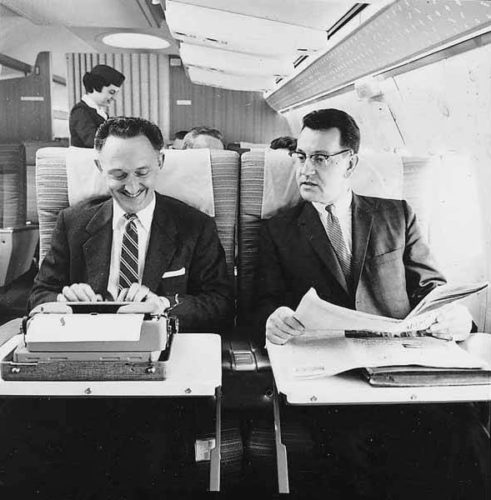
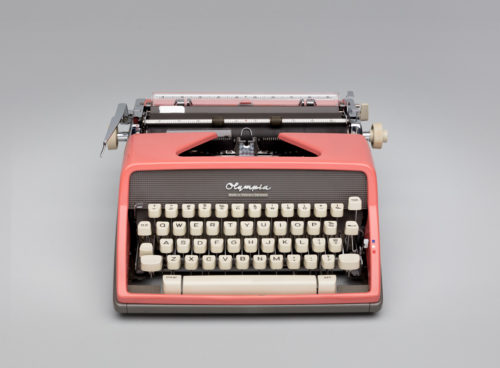
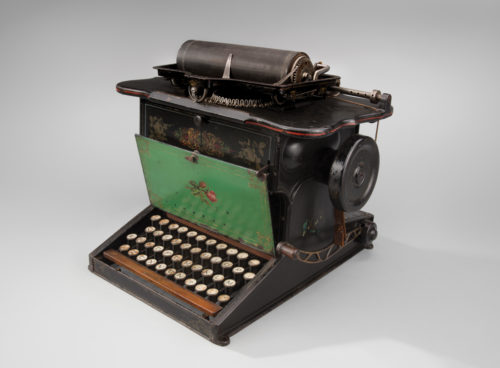
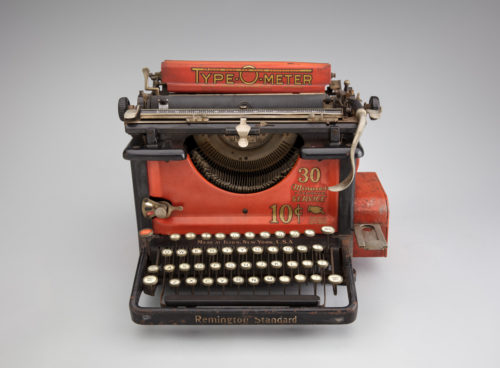
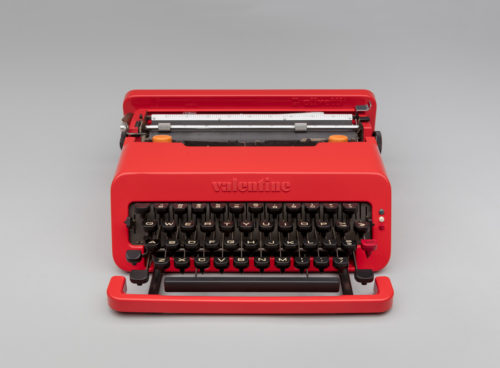
Thanks so much for sharing this comment – and this perspective. All good points!!!
I just walked through the intriguing typewriter exhibit in SFO in Terminal 2. As a professor of these kinds of materials in the use of creative endeavors in the 19th century, I’m surprised at the failure of the curator(s) to recognize the gendered bias of the exhibit, especially considering the diversity of San Francisco:
There’s a whole history of men as secretaries up until the widespread use of the typewriter in the late 19th century. The job of secretary then became feminine labor (because it was deemed “unintellectual”). Women were regularly employed as translators (because it wasn’t thought to be true “authorship”) until the mid-19th century. See a pattern here? And many of the male authors implemented use of the typewriter in their writing and revising process often with their wives interpreting (and thereby adding to) these manuscripts of “great works.” I’m surprised that this curator missed an opportunity to recognize the cultural and economic context of the typewriter beyond venerating yet again the white male literary canon and subtly advocating for women as laborers instead of creative geniuses, especially with the diversity of the Bay Area.
I would hope that this note goes to the proper person. It’s important to demonstrate to anyone who views the exhibit to understand the diverse economic and cultural ramifications of the typewriter on male and female positions within the distribution of information and literature.
Imagine this: a little girl walks by the exhibit, sees all of the 19th-century photographs of women using typewriters, walked to the front glass cases only to read that the sole typewriters and quotes of authors/creative types are by white men. The women use the typewriters but aren’t venerated for their creativity? So, women are laborers only. Can you imagine what this says to any little girl? (And, if you don’t think that that happens, you miss an opportunity to shift the narrative in our topsy turvy world of white, male privilege at this very moment.)
I would hope that the SFO curators are attuned to their own biases in this exhibit and work towards not making this mistake again.